Many new energy vehicle owners have likely encountered the “charging gun disconnection” issue while charging their vehicles. “Does this affect the vehicle’s battery?” is a common concern. Today, let’s discuss what “charging gun disconnection” actually means and how to avoid it. Interested car enthusiasts, read on!
01 What is “charging gun disconnection”?
Those who have driven gasoline cars are familiar with “charging gun disconnection.” In the past, when refueling at a gas station, a “click” sound usually meant the tank was full or the preset amount had been reached. Of course, high gas pressure inside the tank, rapid refueling, and design flaws in the car’s fuel tank can also cause “charging gun disconnection.” Similarly, “charging gun disconnection” at new energy vehicle charging stations works on a similar principle.
Specifically, for the charging station itself, worn charging gun heads, aging or faulty charging cables, excessively high cable temperatures, poor grounding, no signal, and foreign objects or water stains on the charging interface can all cause “charging gun disconnection.” From the vehicle’s perspective, the main causes of “charging gun disconnection” are poor contact in the charging interface wiring, charging interface malfunction, and BMS (Battery Management System) module failure. Especially after prolonged and forceful plugging and unplugging of the charging gun between the vehicle and the charging station, wear and tear is inevitable, leading to poor contact and “gun disconnection.” However, generally speaking, “gun disconnection” does not adversely affect the battery; rather, it’s more like a form of “self-protection.”
02 This situation requires caution.
Of course, there are exceptions, such as “arcling” during charging. “Arcling” refers to the electric arc generated in an electrical system, especially in high-voltage power systems, during disconnection and reconnection operations—the “sparks” you see. It is extremely dangerous and can potentially damage the vehicle battery, the charging station, and even cause a fire.
Therefore, all car owners must strictly avoid forcibly unplugging the charging gun during charging. Especially for electric vehicles that meet the old national standard from 2011, because they lack electronic locking devices, many owners directly and physically unplug the charging gun, thus increasing the risk of “arcling.”
The correct procedure is as follows: First, click “Stop Charging” on the vehicle’s central control screen/XuDian APP/XuDian mini-program/charging pile display. Wait until the charging pile stops charging before unplugging the charging gun. Additionally, in northern regions where low temperatures and snow are common, charging ports may freeze. In such cases, try wrapping the port with fabric and waiting for the ice to thaw naturally; never forcibly unplug the gun.
03 What to do when the charging gun trips.
So, besides charging safety issues like arcing, how can we deal with charging gun trips caused by other reasons? “Targeted solutions” are crucial. You can first check the termination reasons displayed in the Xudian APP or mini-program to perform simple self-checks and troubleshooting:
★ Charging pile and vehicle connection abnormality/pile start-up response timeout:
(1) First, check if there are any foreign objects in the charging gun port to ensure the reliability of the charging gun connection;
(2) Then, unplug and plug the charging gun again: Hold the charging gun handle and insert it into the charging pile port. A “click” sound indicates the charging pile is correctly plugged in;
(3) If the connection is still abnormal, it is recommended to replace the charging pile and restart charging, or contact the site administrator/customer service personnel.
★ Insulation detection failure:
(1) Currently, Xudian supports national standard charging in China. Therefore, when an insulation detection failure occurs, first confirm whether the vehicle model and interface comply with national standards;
(2) At the same time, check if there are any foreign objects or water stains in the vehicle’s charging port. If so, try forcefully shaking them out. If the problem persists, it is recommended to try charging at a different pile, or contact the site administrator/customer service personnel.
★BMS – Overvoltage/Alarm, Timeout:
(1) First, confirm that the vehicle is parked and the engine is off. Switch the charging station screen to the correct vehicle type (small vehicles such as passenger cars/large vehicles such as buand heavy trucks), and then proceed with the correct charging steps;
(2) If the abnormality is still displayed, it is recommended to restart the vehicle or try charging again at a different charging station;
(3) If the vehicle’s battery level is too low, especially below 10%, it is recommended to first use an AC charging station to replenish the battery, and then use a DC charging station;
(4) If the problem persists, contact the station manager/customer service personnel.
Generally speaking, choosing a professional charging station installation service provider (mainly for home charging stations), choosing a legitimate public charging station, and following the correct charging steps (especially correctly plugging and unplugging the charging gun) can avoid most “charging gun tripping” issues.

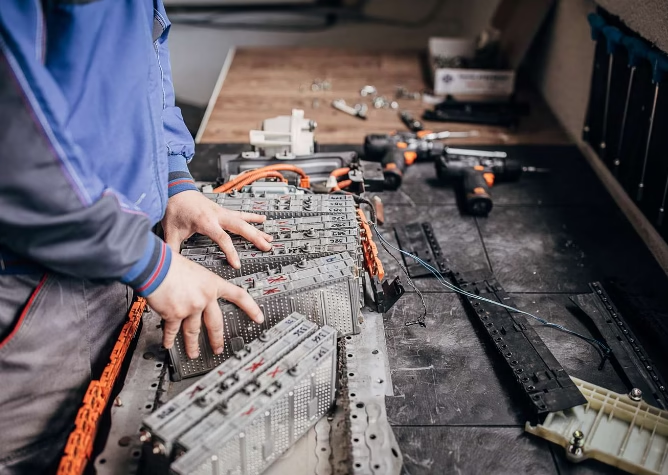

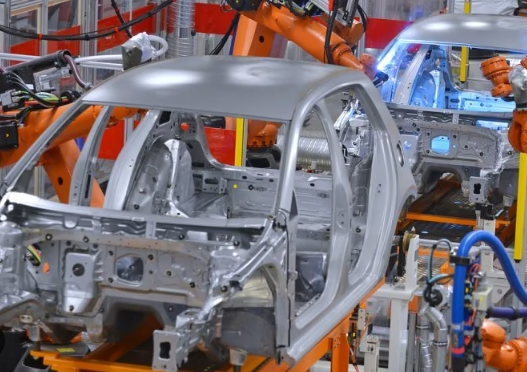
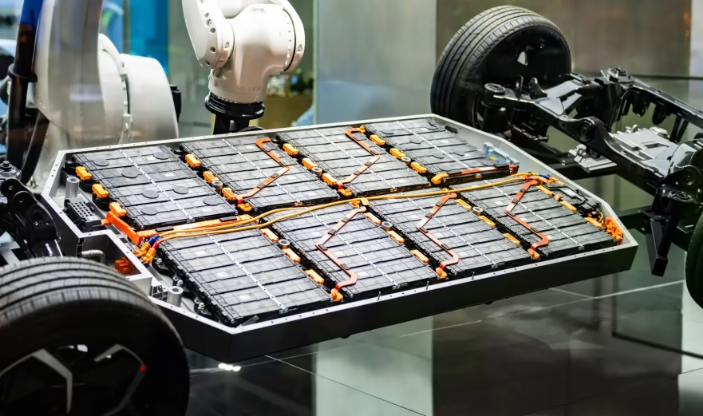
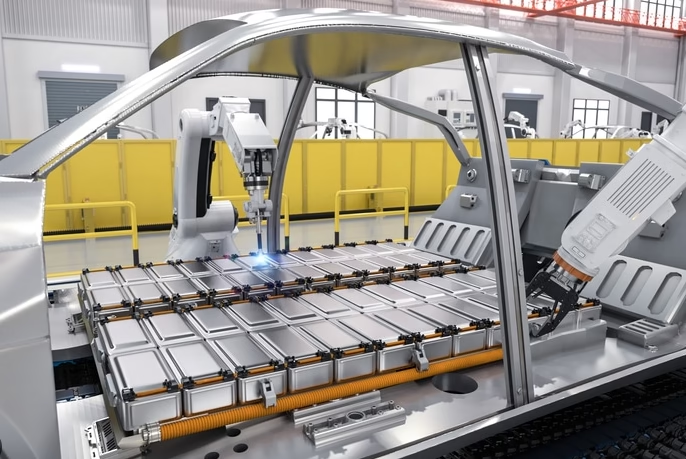
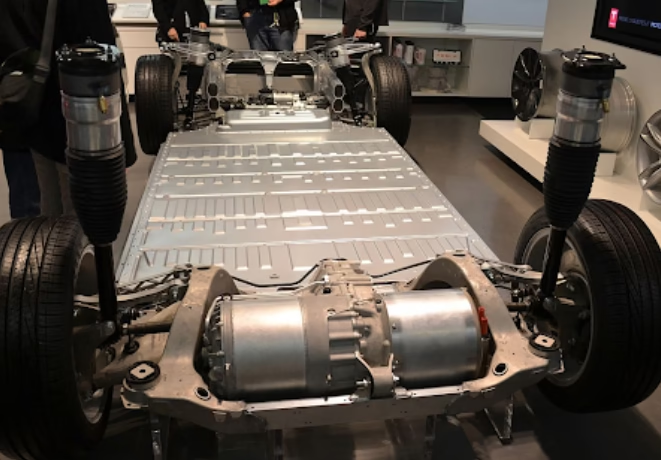
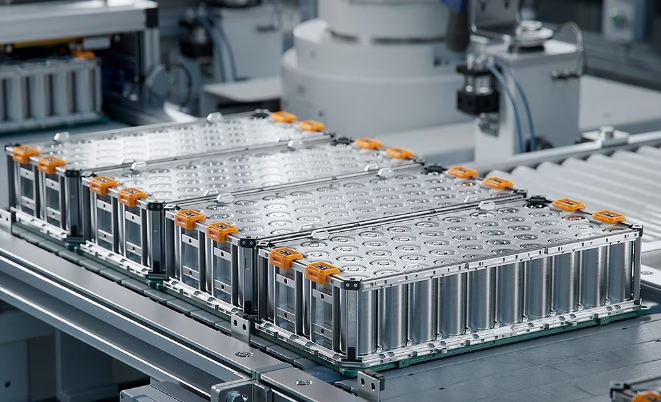
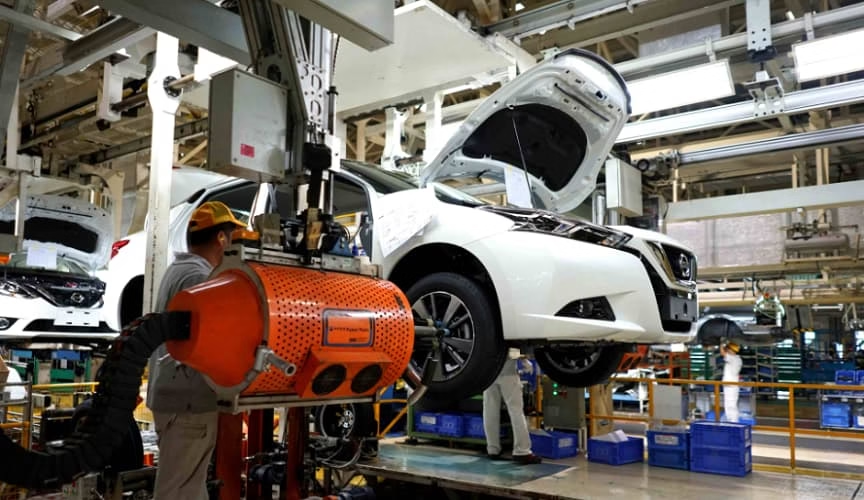
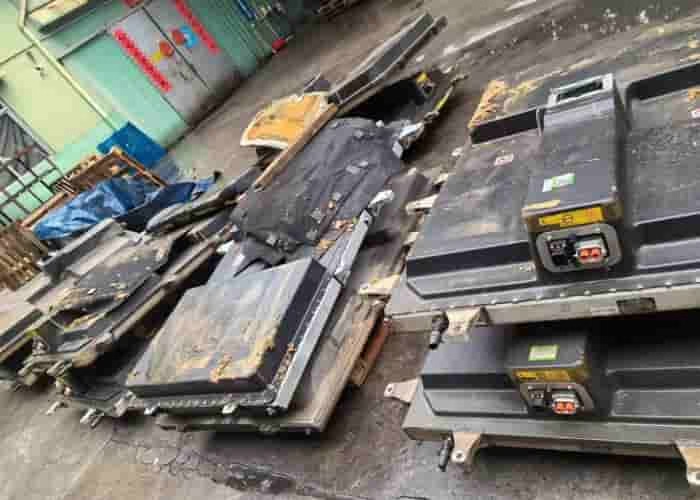


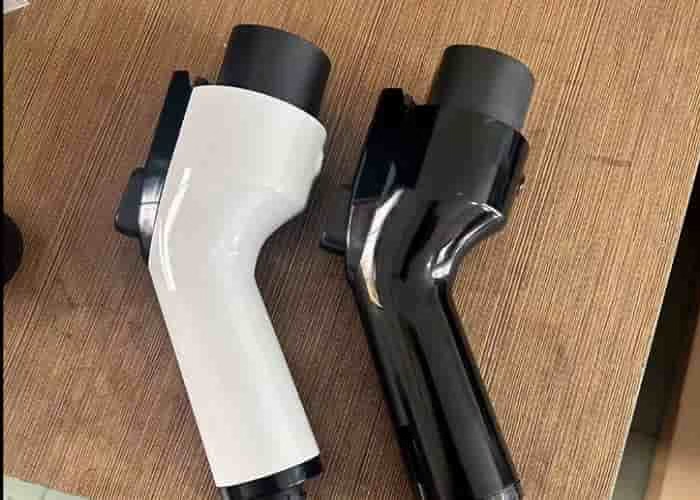


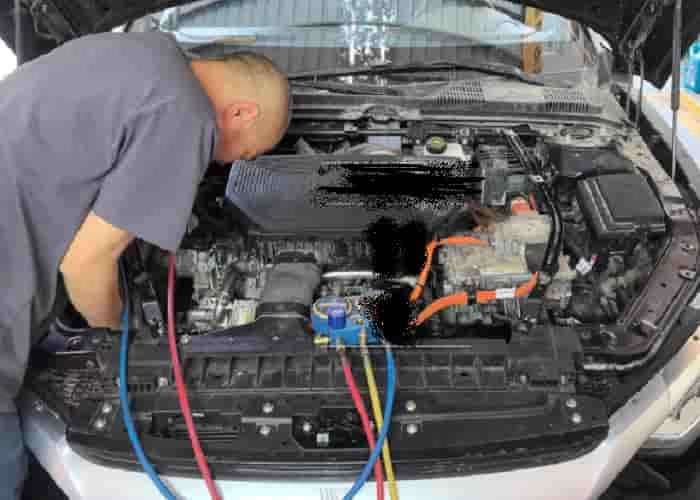
Leave a Reply